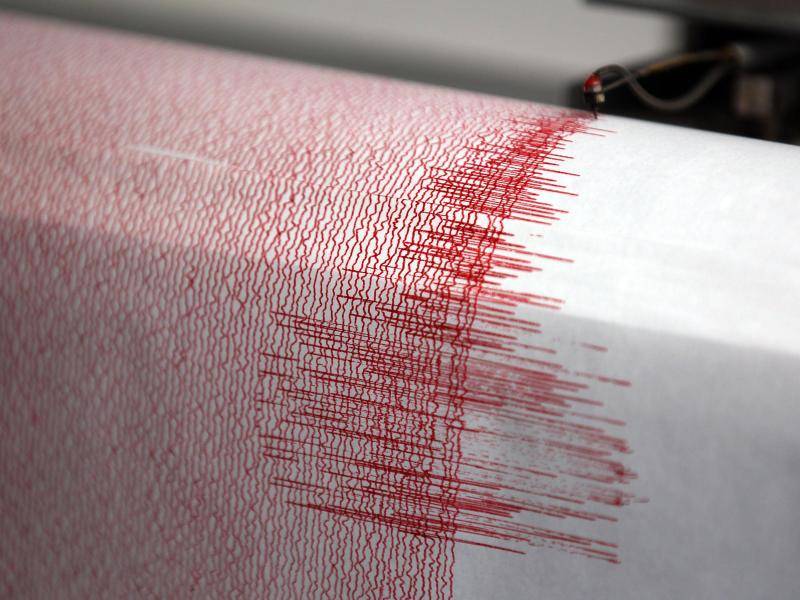Introduction
In a groundbreaking study that has the potential to revolutionize earthquake prediction, scientists have meticulously analyzed GPS data from nearly 100 major earthquakes worldwide. What they discovered was a significant pattern that could be a crucial clue in forecasting seismic activity. It appears that there is a phase of fault slip occurring approximately two hours before the actual earthquake takes place. This discovery opens up new avenues for earthquake research and brings hope for improving early warning systems to mitigate the devastating impacts of earthquakes. In this article, we delve into the details of the study and explore the implications of the pre-earthquake fault slip phenomenon.
The Significance of Earthquake Research
Earthquakes are natural disasters that can cause immense destruction, claiming lives and devastating communities. Understanding the underlying mechanisms of earthquake occurrence and finding ways to predict them accurately has been a long-standing challenge for the scientific community. While significant progress has been made in seismic monitoring and early warning systems, accurately predicting earthquakes remains elusive due to the complexity of the Earth’s geophysical processes.

Analyzing GPS Data for Earthquake Prediction
In the quest for more reliable earthquake prediction methods, scientists turned to Global Positioning System (GPS) data to study fault movements before earthquakes occur. GPS provides precise measurements of ground displacement, allowing researchers to observe fault behavior with high accuracy. By analyzing data from nearly 100 major earthquakes around the world, the research team focused on identifying any consistent patterns that could indicate an impending earthquake.
The Pre-Earthquake Fault Slip Phenomenon
The study revealed a compelling pattern of fault slip that occurs approximately two hours before the main earthquake event. Faults are fractures in the Earth’s crust where tectonic plates interact, and the buildup of stress along these faults is what leads to earthquakes. The pre-earthquake fault slip phenomenon suggests that there is a gradual release of stress along the fault zone, leading to small but measurable movements before the actual seismic rupture occurs. Next Generation Technology Redefining Our World
Implications for Earthquake Prediction
The discovery of pre-earthquake fault slip holds immense implications for earthquake prediction and early warning systems. While two hours may not seem like an extensive lead time, it could be crucial for issuing warnings and implementing evacuation measures in vulnerable regions. Identifying this pattern could help scientists improve the accuracy of earthquake forecasts and enhance preparedness efforts.
Challenges and Future Research
While the findings are promising, there are challenges ahead in applying this knowledge practically. The phenomenon of pre-earthquake fault slip may not occur in all earthquakes, and its occurrence might vary across different tectonic settings. Additionally, the precise timing and magnitude of earthquakes are still complex to predict accurately due to the numerous variables involved.
Continued research is vital to gain a deeper understanding of the pre-earthquake fault slip phenomenon. Scientists will need to investigate the factors influencing the timing and magnitude of the slip and explore the potential correlation with other seismic precursors to develop a comprehensive earthquake prediction model.
The Role of Technology in Earthquake Monitoring
Advancements in technology, including GPS networks, remote sensing, and real-time data analysis, play a crucial role in monitoring and understanding seismic activity. The integration of cutting-edge technology with traditional seismological methods enhances the accuracy and timeliness of earthquake monitoring, enabling more effective early warning systems. 8 Legitimate Side Gigs for Making Extra Money
Conclusion
The recent discovery of pre-earthquake fault slip offers a glimmer of hope in the quest for improved earthquake prediction. By analyzing GPS data from major earthquakes worldwide, scientists have identified a consistent pattern that could be a vital precursor to seismic activity. While challenges lie ahead in applying this knowledge effectively, the findings open up new possibilities for advancing earthquake research and enhancing early warning systems. As technology continues to evolve, scientists are optimistic about the potential to save lives and mitigate the devastating impacts of earthquakes through improved earthquake prediction and preparedness efforts.

